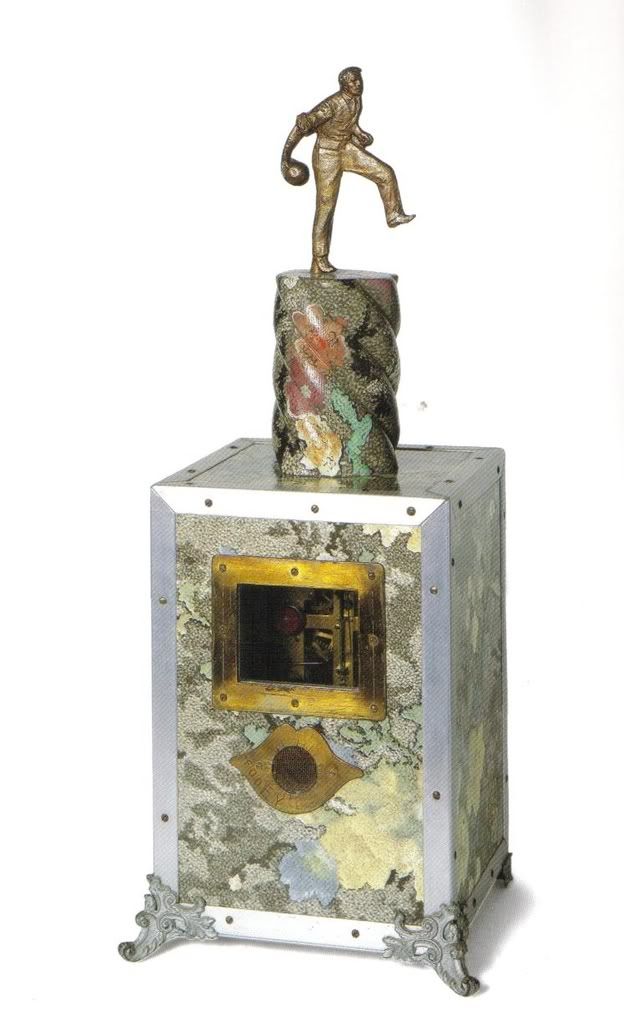Inefficient Markets
Thomson Reuters is looking into ways of reducing the discount in its share price between the UK and the US - a discount that widened yesterday after the price fell 5pc in London but rose 1.5pc in New York on slightly down-beat second-quarter results.Chief executive Tom Glocer unveiled the company's first results since the April merger of Thomson and Reuters, showing an 11pc increase in second-quarter sales and organic growth of 7pc against 9pc in the first three months. Mr Glocer said that he was puzzled by the continued London discount, and was looking to reduce the gap.
Now these shares represent exactly the same thing--a piece of ownership in the company, equal in size regardless of where the share was bought.
Felix Salmon takes this as a sign that markets are irrational, at least at the moment.
Does anybody out there still believe in the efficient markets hypothesis? If so, I disprove it thus.
Thomson Reuters is listed both in the UK and in the US. As CEO Tom Glocer says, "a share in one place is exactly economically equal to another". And yet the shares in New York trade at a whopping 20% premium to the shares in London.
I do understand why this bothers Glocer: it makes a mockery of the idea of a company's stock as a yardstick of its value and performance. But whatever the underlying reasons for this are, they're unlikely to be within Glocer's control. His main task should be running the company: leave the arbitrage to the hedge funds.
The arbitrage here is to short the U.S. shares and long the U.K. shares, on the assumption that the two prices will converge and that the arbitrageurs will therefore make riskless profits for no money down.
I don't have a clue why the price should be different in the two markets, but there are ordinary reasons why seemingly identical securities would be priced different. Different tax laws in the UK and the US, for example*. But apparently this difference is larger than can be explained by ordinary differences in the two markets.
*One of my cases in Fixed Income Management was to explain why a callable Treasury bond seemed to be priced differently than a synthetic bond composed of a non-callable bond and STRIPS. The main part of the case was constructing the synthetic bond, but I was really proud that my team figured out that a different tax treatment for STRIPS make the cash-flows from the callable bond and the synthetic bond to be different--and that would cause the two otherwise identical seeming securities to be priced differently.
Labels: finance




